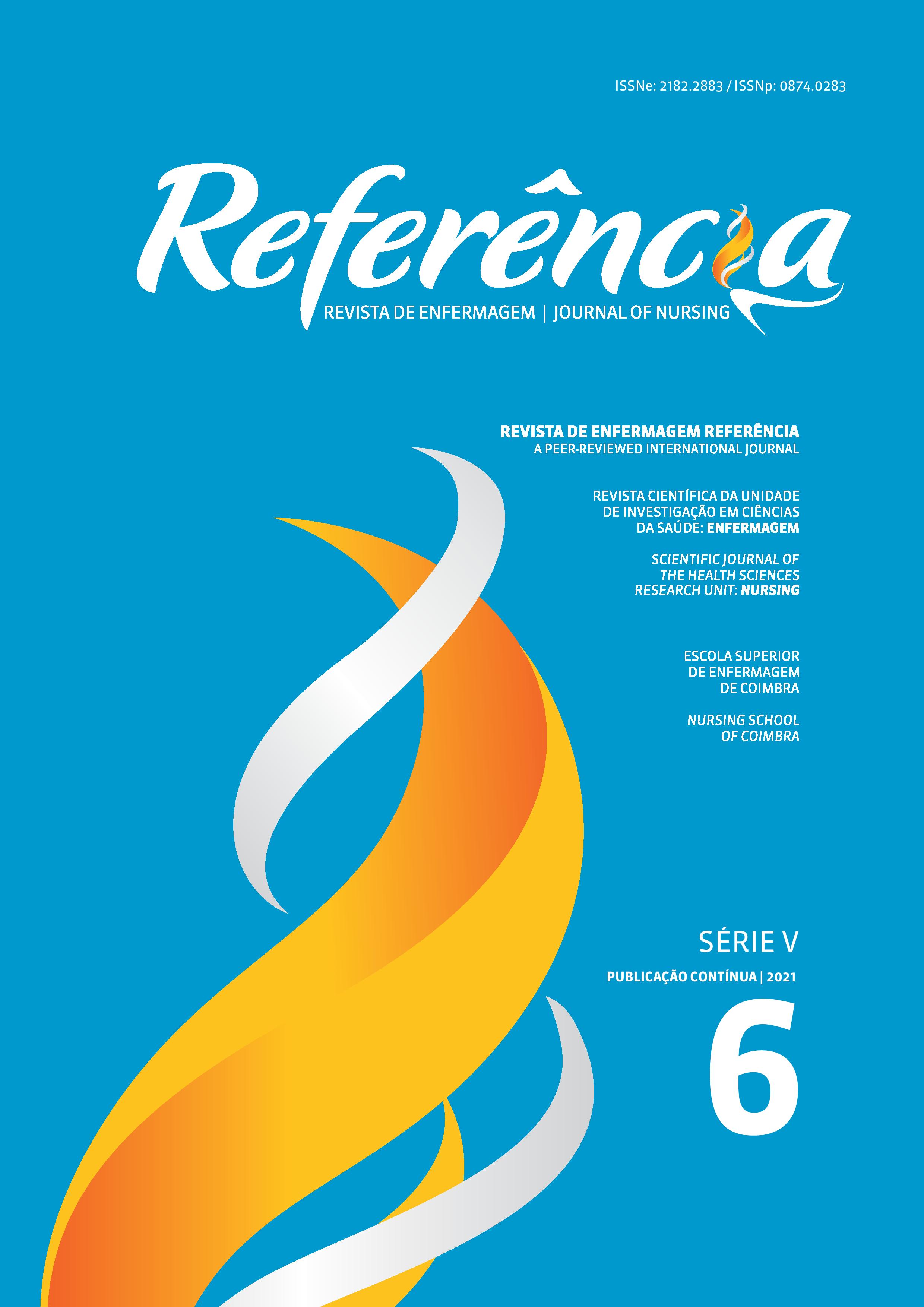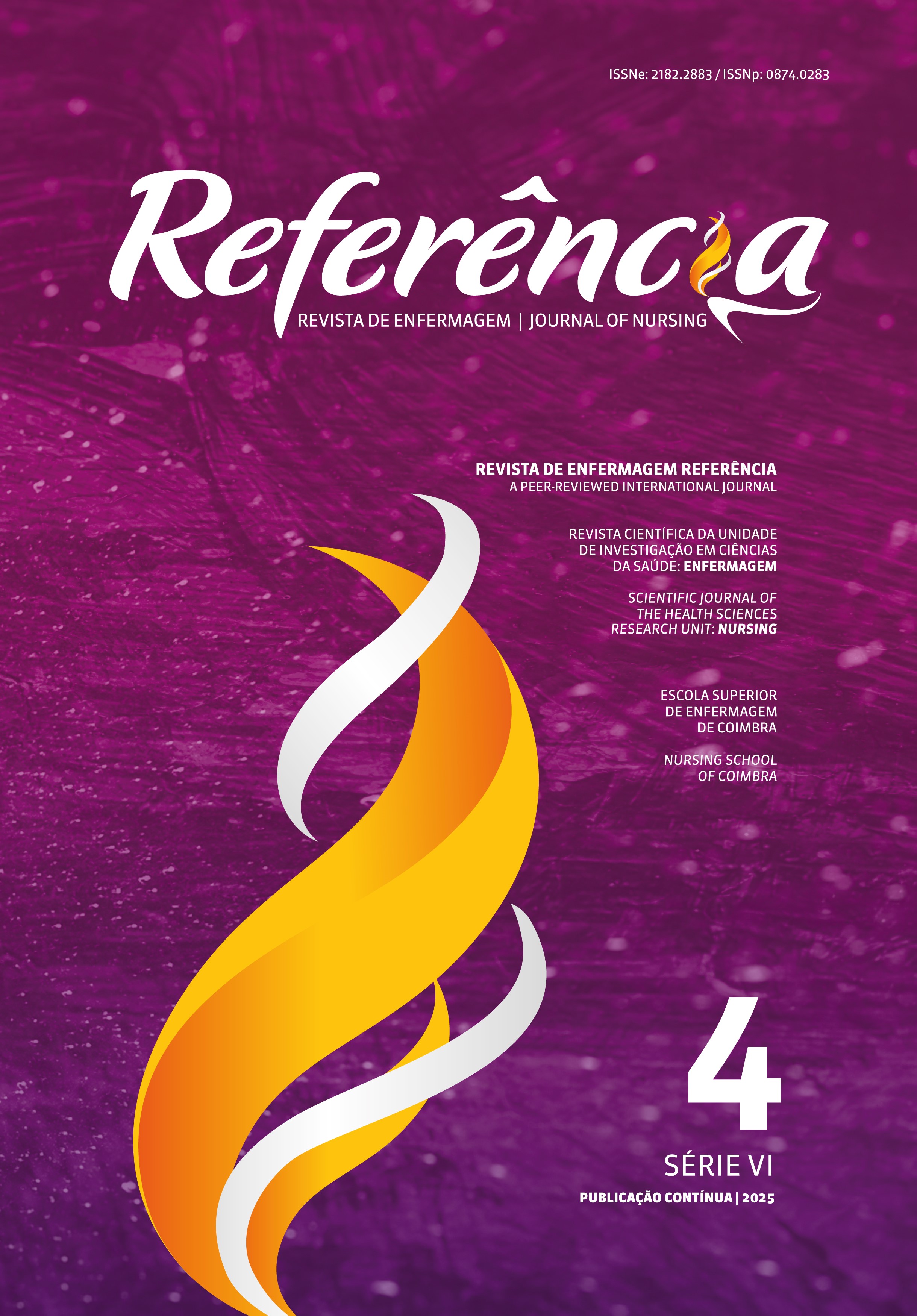Undergraduate nursing students’ competencies in disaster scenarios: from educational needs to curricula regulation
DOI:
https://doi.org/10.12707/RV20131Keywords:
students, nursing, natural disasters, competency-based education, education, nursingAbstract
Background: Nurses play a central role in disaster preparedness, so appropriate disaster-related education is essential. However, almost all Portuguese undergraduate nursing curricula do not address disaster situations.
Objective: To understand nursing schools’ contribution to developing undergraduate students’ knowledge and skills in disaster scenarios and the existing constraints on integrating this content into undergraduate nursing curricula.
Methodology: A qualitative study with methodological triangulation, including interviews and focus group, was carried out to explore the perceptions of 35 nurse teachers and 6 nurses with experience in health care provision in disaster scenarios, about integrating disaster-related content into nursing curricula.
Results: The study reveals that disaster management and preparedness should be integrated into undergraduate nursing education to guarantee the effective development and more objective regulation of students’ skills in this area.
Conclusion: Portuguese nursing schools need to promote and develop undergraduate training in disaster preparedness and a more inclusive and objective regulation of this area.
Downloads
References
Achora, S., & Kamanyire, J. K. (2016). Disaster preparedness: Need for inclusion in undergraduate nursing education. Sultan Qaboos University Medical Journal, 16(1), e15–e19. https://doi.org/10.18295/squmj.2016.16.01.004
Amendoeira, J. J., Barroso, I., Coelho, T., Santos, I., Godinho, C., Saragoila, F., Marques, G., & Filipe, D. (2003). Os instrumentos básicos na construção da disciplina de enfermagem: Expressões e significados. http://hdl.handle.net/10400.15/88
Bardin, L. (2010). Análise de conteúdo. Edições 70.
González, J., & Wagenaar, R. (2003). Tuning Educational Structures in Europe. Final Report – Pilot Project Phase 1. University of Deusto Press. http://www.unideusto.org/tuningeu/images/stories/Publications/Tuning_phase1_full_document.pdf
Leavy, P. (2018). Research design: Quantitative, qualitative, mixed methods, arts-based, and community-based participatory research approaches. The Guilford Press.
Lei n.º 108/1988 da Assembleia da República. (1988). Diário da República: 1ª série, n.º 222. https://dre.pt/web/guest/pesquisa/-/search/355494/details/normal?p_p_auth=tHcfN5Jg
Lei n.º 62/2007 da Assembleia da República. (2007). Diário da República: 1.ª série, n.º 174. https://data.dre.pt/eli/lei/62/2007/09/10/p/dre/pt/html
Littleton-Kearney, M., & Slepski-Nash, L. (2008). Directions for disaster nursing education in the united states. Critical Care Nursing Clinics of North America, 20(1), 103-109. https://doi.org/10.1016/j.ccell.2007.10.008
Lourenço, L., & Amaro, A. (Coords.). (2018). Riscos e crises da teoria à plena manifestação. Imprensa da Universidade de Coimbra. https://doi.org/10.14195/978-989-26-1697-1
Murray, B., Judge, D., Morris, T., & Opsahl, A. (2019). Interprofessional education: A disaster response simulation activity for military medics, nursing, & paramedic science students. Nurse Education in Practice, 39, 67-72. https://doi.org/10.1016/j.nepr.2019.08.004
Nunes, L. (2016). Atos profissionais em debate: Regulação profissional. Enfermagem em Foco, 14-18. http://hdl.handle.net/10400.26/19423
Ordem dos Enfermeiros. (2011). Regulamento do perfil de competências do enfermeiro de cuidados gerais. https://www.ordemenfermeiros.pt/media/8910/divulgar-regulamento-do-perfil_vf.pdf
Rafferty-Semon, P., Jarzembak, J., & Shanholtzer, J. (2017). Simulating complex community disaster preparedness: Collaboration for point of distribution. The Online Journal of Issues in Nursing, 22(1), 3. https://ojin.nursingworld.org/MainMenuCategories/ANAMarketplace/ANAPeriodicals/OJIN/TableofContent/Vol-22-2017/No1-Jan-2017/Simulating-Complex-Community-Disaster-Preparedness.html
Regulamento n. º 190/2015 da Ordem dos Enfermeiros. (2015). Diário da República: 2ª série, n.º 79. https://dre.pt/application/conteudo/67058782
Regulamento n.º 555/2017 da Ordem dos Enfermeiros. (2017). Diário da República: 2ª série, n.º 200. https://dre.pt/home/-/dre/108315074/details/maximized
Siemon, M., Hackwith, J., & Monson, K. (2019). Development of a disaster nursing competencies assessment instrument for baccalaureate nursing education. Journal of Nursing Education, 58(4), 229-233. https://doi.org/10.3928/01484834-20190321-08
UN-ISDR – 2009 Terminology on Disaster Risk Reduction. https://www.unisdr.org/files/7817_UNISDRTerminologyEnglish.pdf.
World Health Organization. (2016). Nurse educator core competencies. https://www.who.int/hrh/nursing_midwifery/nurse_educator050416.pdf
World Health Organization, International Council of Nurses. (2009). ICN framework of disaster nursing competencies. https://www.cives-toscana.it/wp-content/uploads/2017/12/disaster_nursing_competencies_liteicn-min.pdf






